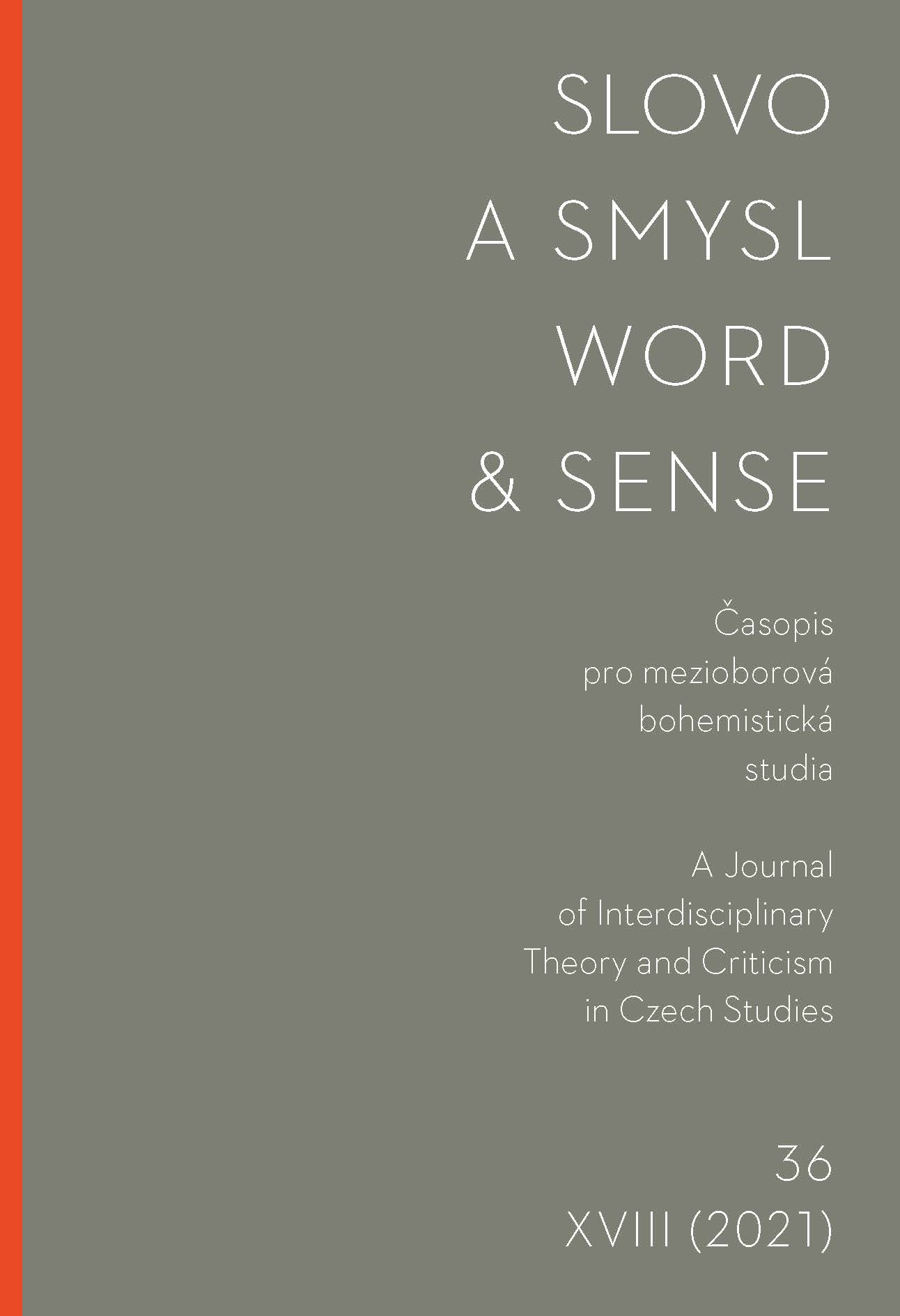Proč Lydie Korabelniková u Čechů tká? (Pozadí vzniku jednoho mýtu)
Why Is Lydia Korabelnikova Weaving With the Czechs? (A Case Study on the Origins of a Communist Myth)
Author(s): Sylva FischerováSubject(s): Comparative Study of Literature, Czech Literature
Published by: Univerzita Karlova v Praze - Filozofická fakulta, Vydavatelství
Keywords: Sovětští úderníci a jejich obraz v Československu 50. let; vznik a proměny „komunistických mýtů“; mýtém jménem Korabelniková
Summary/Abstract: This case study deals with the image of Lydia Korabelnikova, a Soviet ‘shock worker’ [or udarnik, celebrated for high productivity], in the former Czechoslovakia and later in the Czech Republic. Korabelnikova had worked at the Parizhskaya Kommuna shoe factory in Moscow since the 1940s, and was celebrated for saving material in the production of footwear. In the former Czechoslovakia and later in the Czech Republic, however, the prevailing image of Korabelnikova has been that of a shockweaver, famous for working on several looms at the same time. These details can be found in official publications as well as in a form of a communist icon or myth that still circulates, e.g. in the Czech Parliament, on the internet, and elsewhere. The study first briefly introduces the iconic image of Korabelnikova, then presents well-documented facts about her (including her visit to Czechoslovakia in 1950, when she visited local factories), and finally identifies key moments that may have played a role in creating the myth, and which are related to totalitarian ideology and practice in Czechoslovakia during the 1950s. Interpretations are based mainly on Barthes’ ‘Myth Today’ (in Mythologies); however, his approach to ‘Myth on the Left’ is criticized by the author as severely flawed, and of being mythical itself. Conversely, Barthes’ theses on the ‘bourgeois myth’ can easily be applied to myth on the left. In conclusion, mythology, whether ancient or recent, can only have a historical basis (that is, myth is a discourse chosen by history). Myths do not hide anything: their function is to deform, not to make disappear; their growing obsolescence can be recognized by virtue of the arbitrary nature of their signification. Gender politics, changes in rhetorical strategy, and other factors have contributed to the way Korabelnikova now functions as a gender synecdoche and simulacrum of the communist udarnik worker, open to further semantic reconfigurations.
Journal: Slovo a smysl
- Issue Year: 18/2021
- Issue No: 36
- Page Range: 115-143
- Page Count: 29
- Language: Czech

